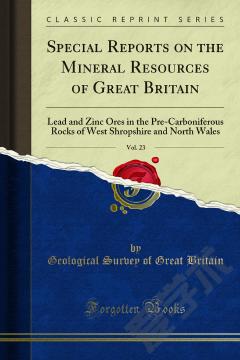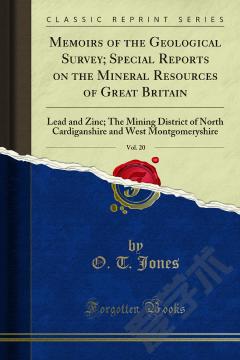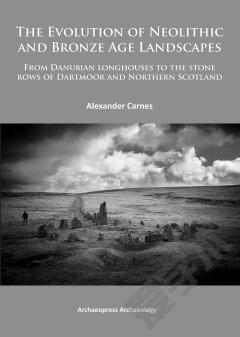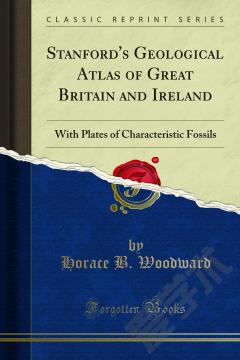Special Reports on the Mineral Resources of Great Britain —— Lead and Zinc Ores in the Pre-Carboniferous Rocks of West Shropshire and North Wales
-----
The history of lead-mining in West Shropshire1 dates back to the time of the Romans, who evidently Obtained important supplies of lead-ore from outcrop-workings and shallow levels. The Roman Vein, for example, of the Roman Gravels Mine (p. 16) is said to have been worked to more than 100 yards in depth by the Romans, whose mining-utensils have been occasionally found in the galleries. 2 When first discovered it is probable that the lead -ore was exposed in ridges down the hill-sides, for even now the silicious contents of some of the veins can be traced along the surface, and at the Grit Mines the Rider Vein forms a projecting wall for several yards.3 Besides mining-implements, coins and pottery have been found. A Roman pig of lead was discovered some years ago at the bottom of the trench along the Roman Vein, together with curious wooden spades, and candles with hempen wicks.4 The pig bore the impress imp. Adriani. Aug. Two other pigs also bearing the inscription of the Emperor Hadrian (a.d. 117 — 138) have been found in this district one at Snailbeach, now in the British Museum, the other at Snead, now in the Mayer Collection, Liverpool Museum. The Sawpit and Second North Veins of the Roman Gravels Mine were also deeply trenched in those days.
{{comment.content}}








 京公网安备 11010802027623号
京公网安备 11010802027623号